-
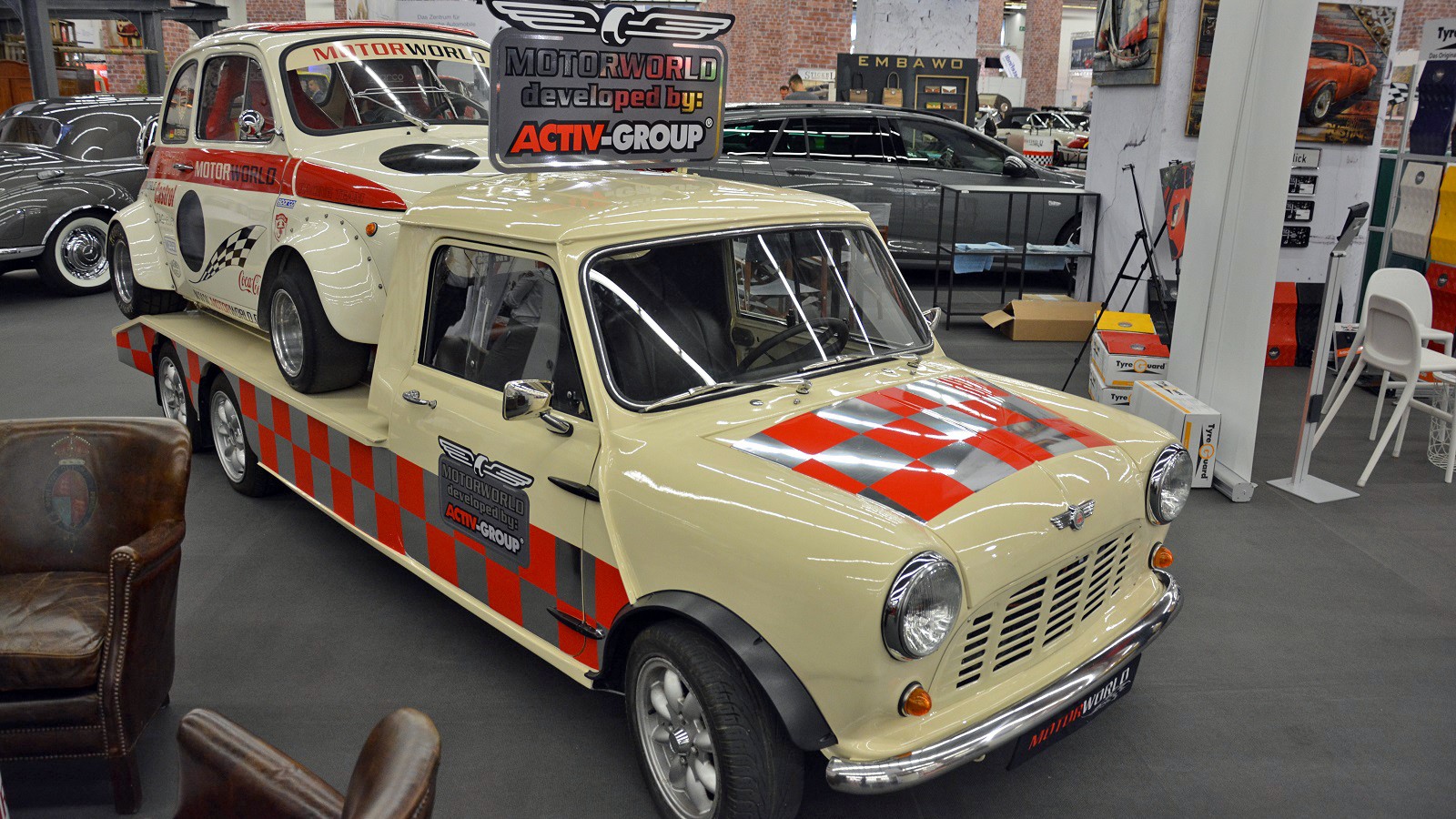 © Ronan Glon/Classic & Sports Car
© Ronan Glon/Classic & Sports Car -
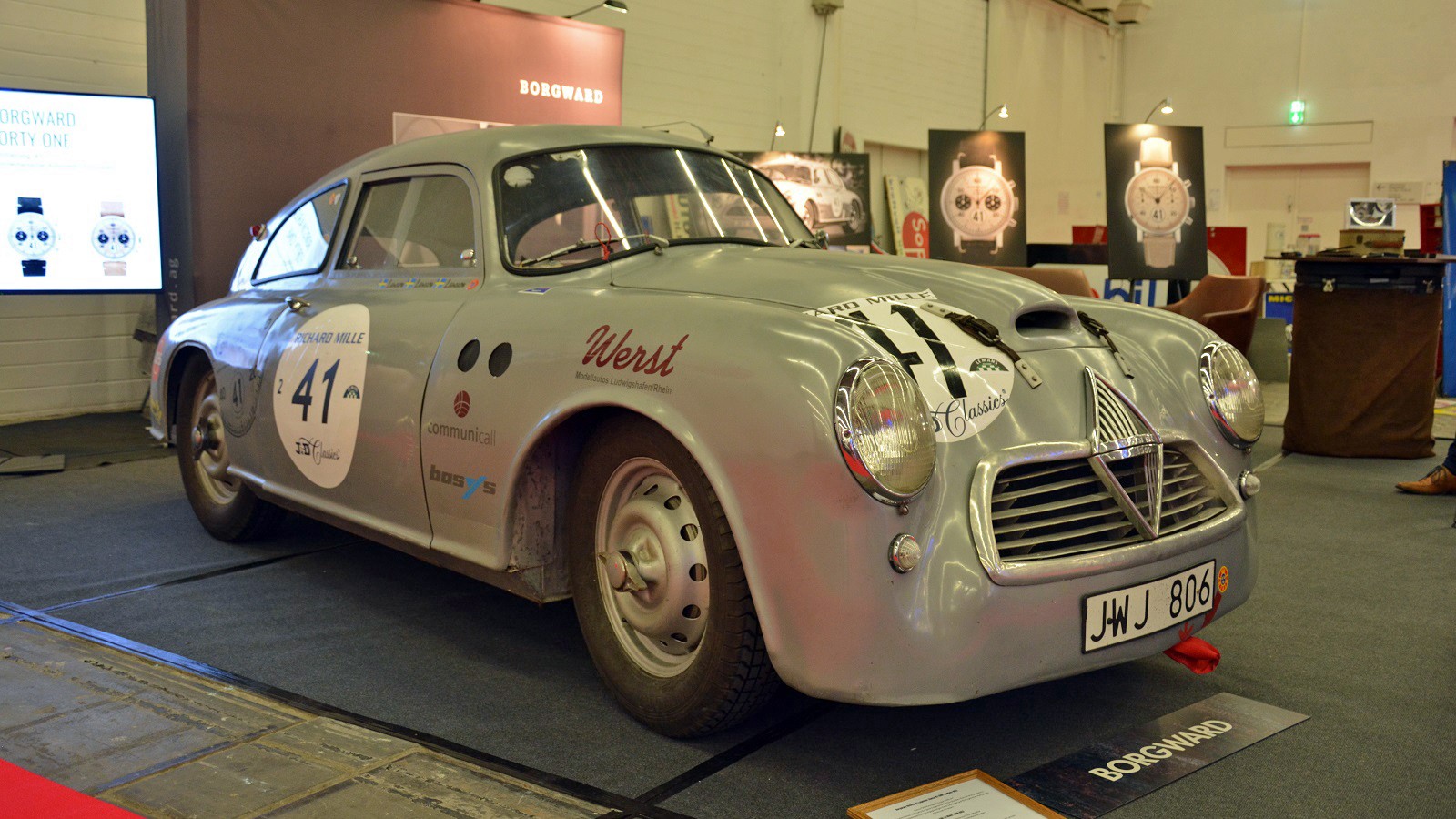 © Ronan Glon/Classic & Sports Car
© Ronan Glon/Classic & Sports Car -
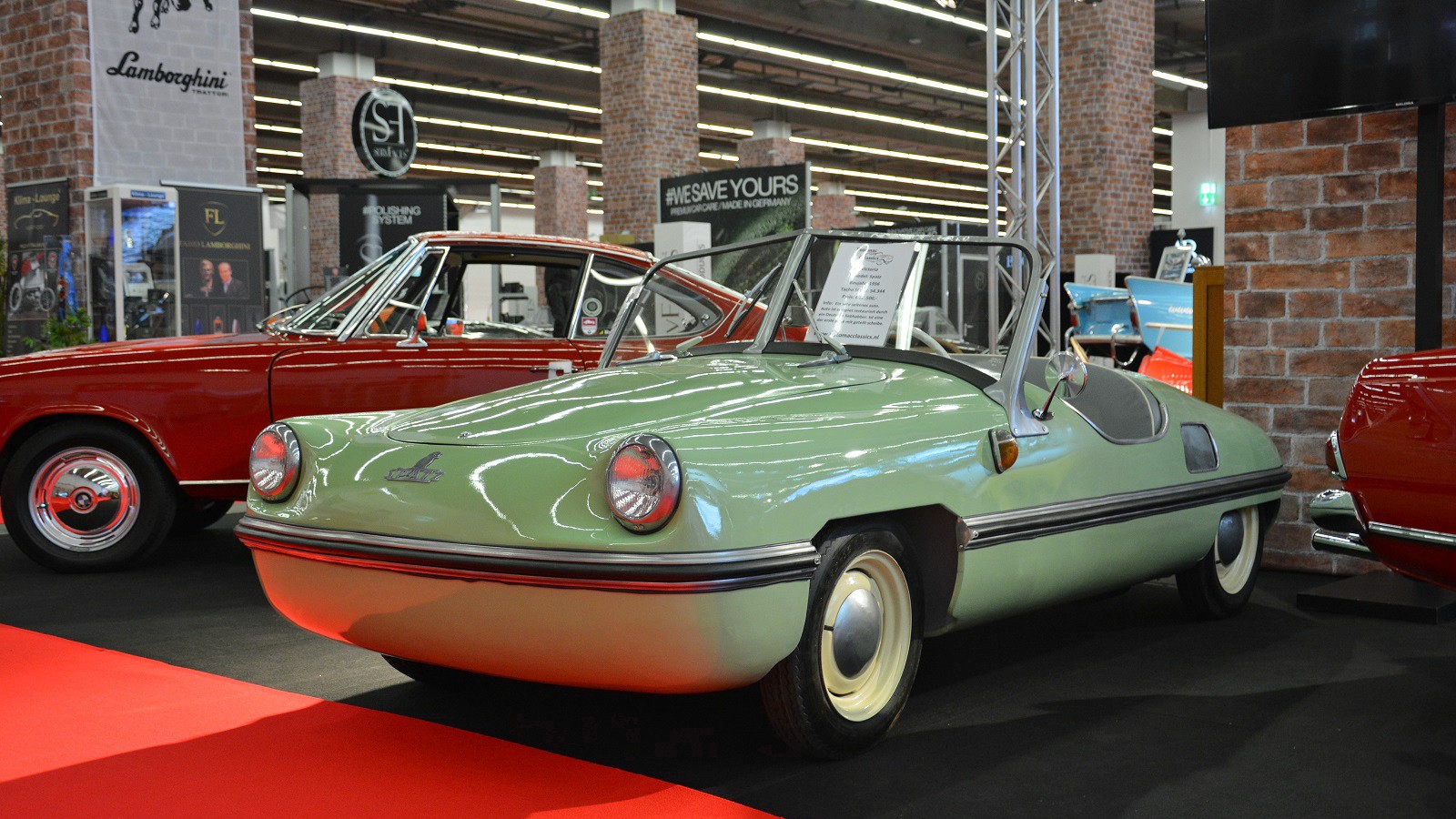 © Ronan Glon/Classic & Sports Car
© Ronan Glon/Classic & Sports Car -
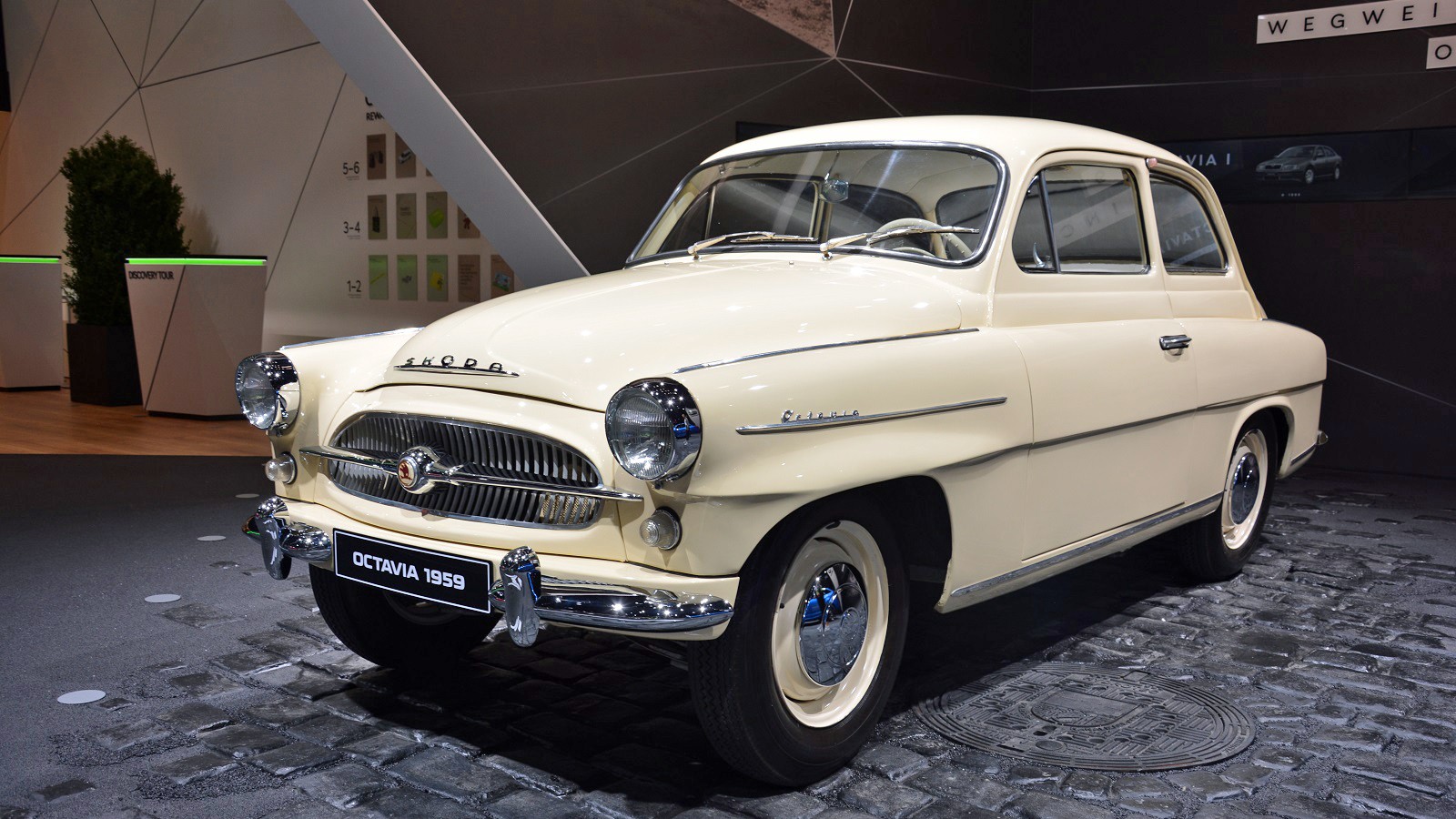 © Ronan Glon/Classic & Sports Car
© Ronan Glon/Classic & Sports Car -
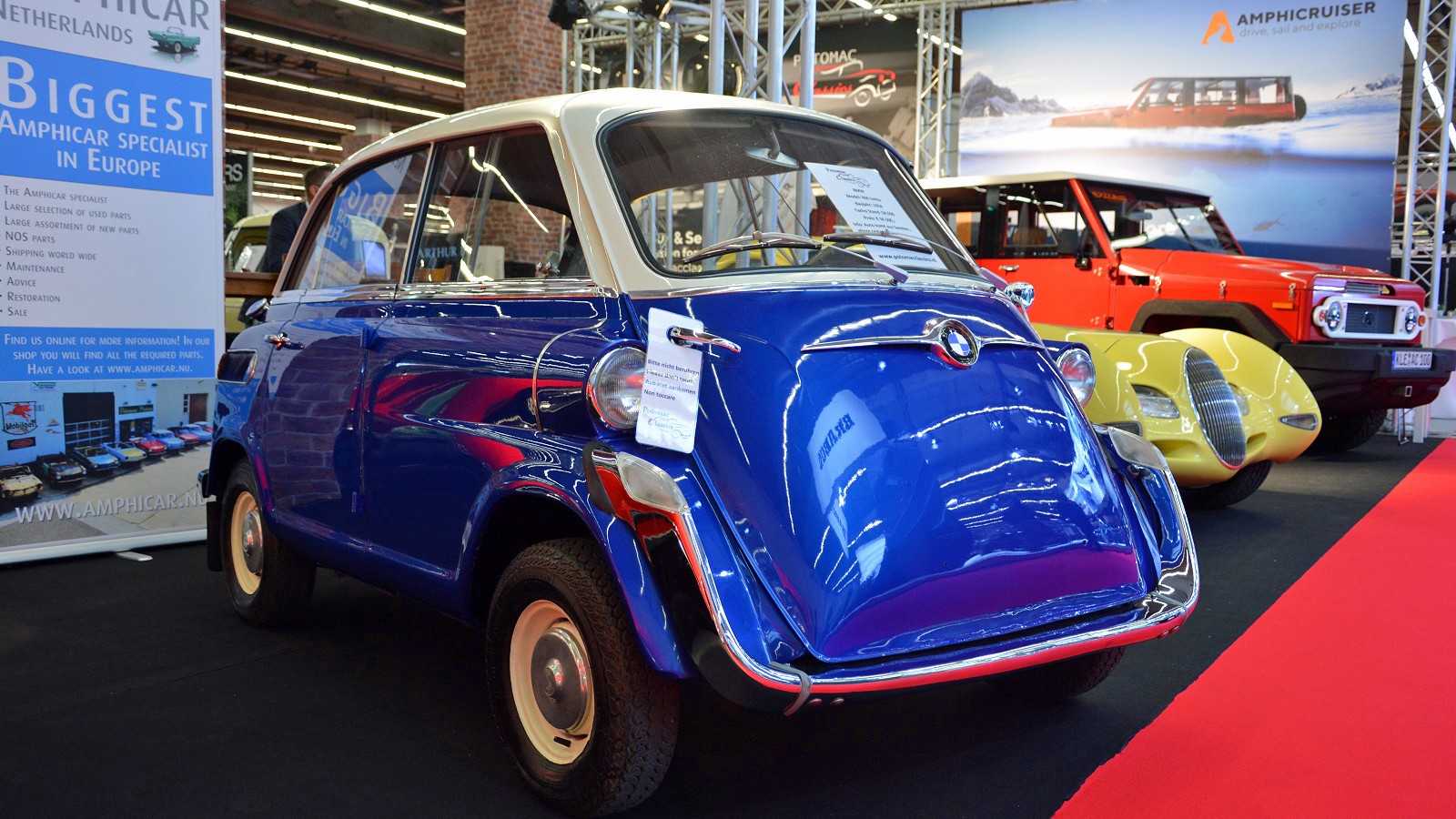 © Ronan Glon/Classic & Sports Car
© Ronan Glon/Classic & Sports Car -
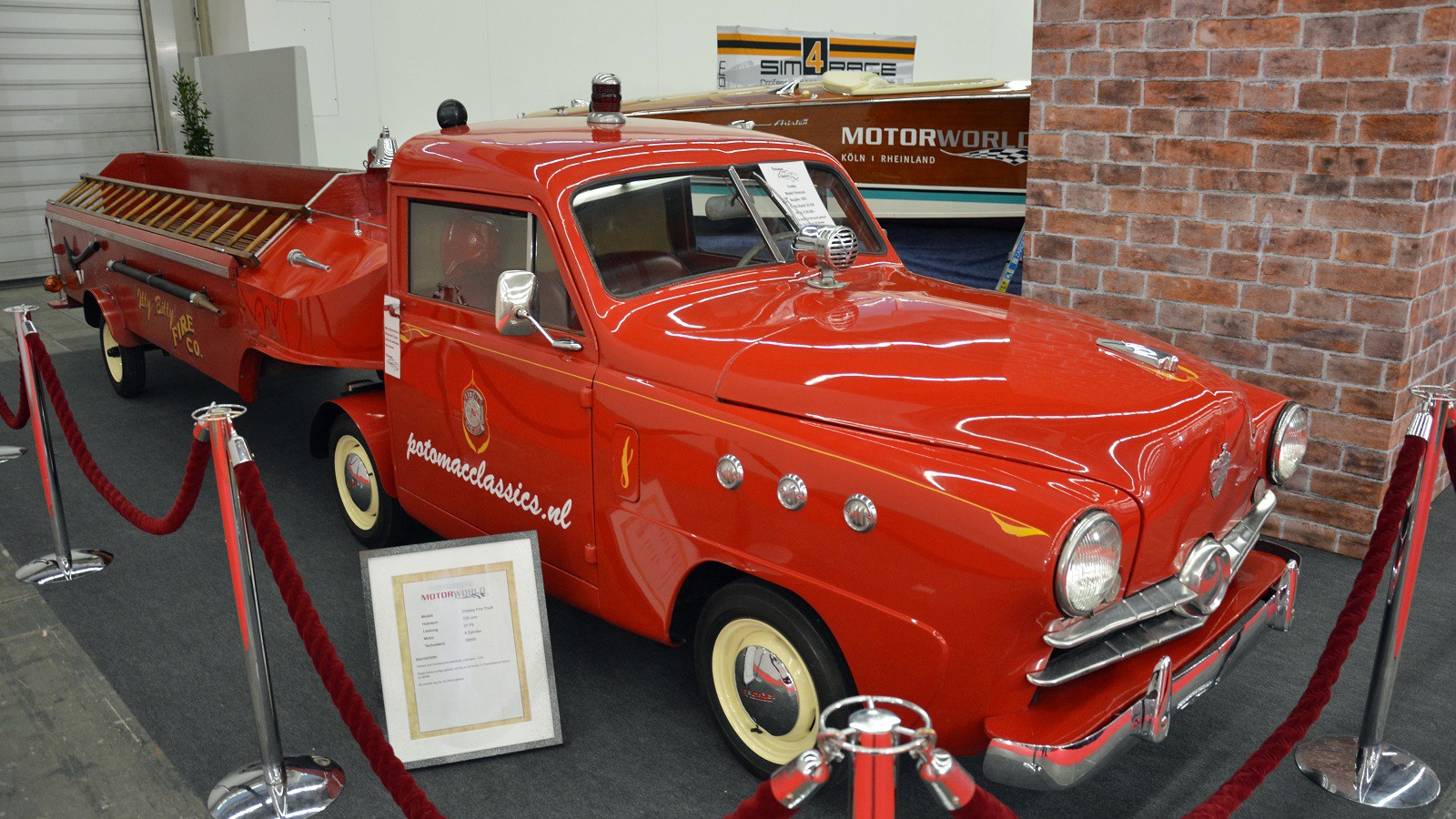 © Ronan Glon/Classic & Sports Car
© Ronan Glon/Classic & Sports Car -
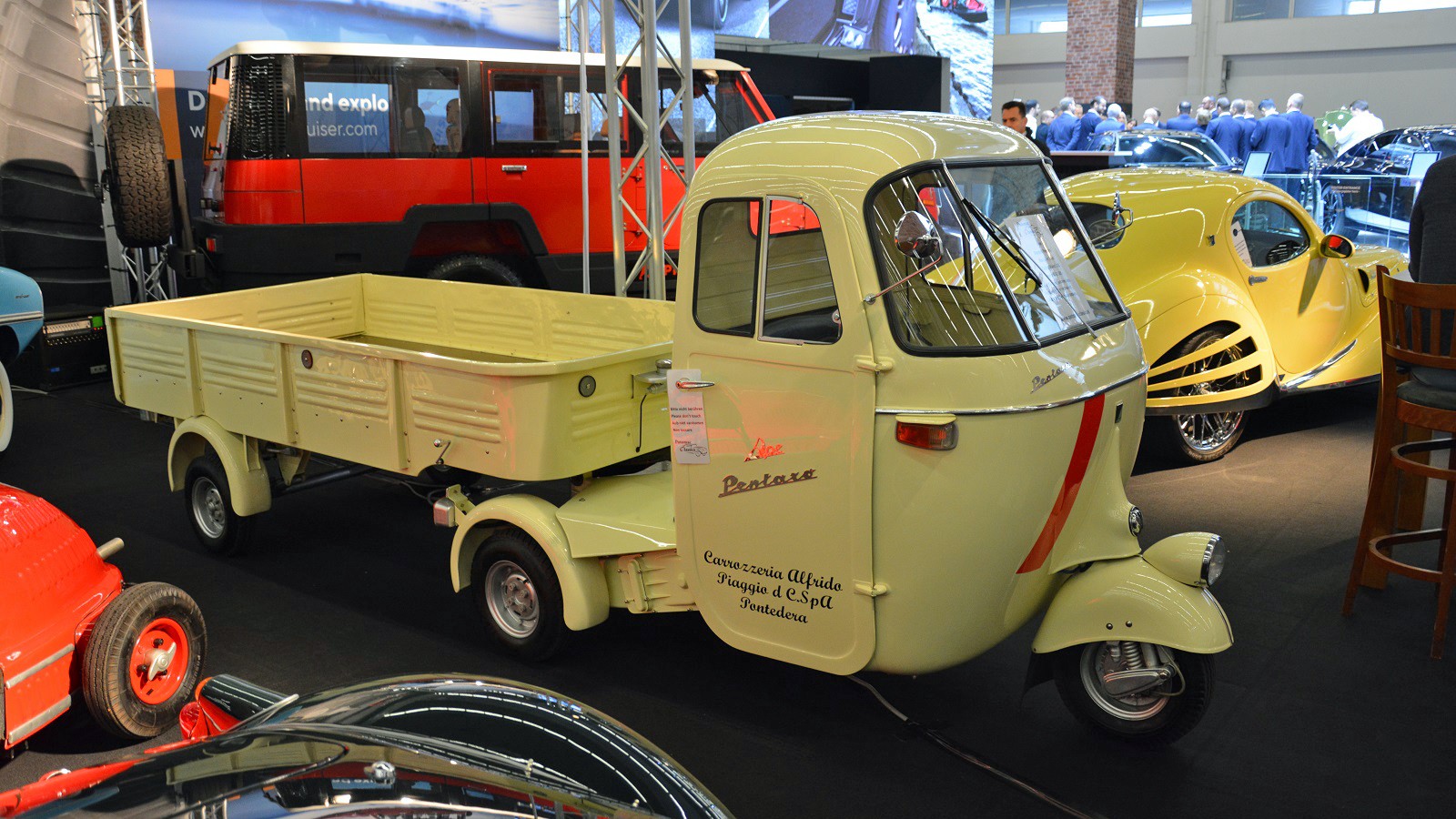 © Ronan Glon/Classic & Sports Car
© Ronan Glon/Classic & Sports Car -
 © Ronan Glon/Classic & Sports Car
© Ronan Glon/Classic & Sports Car -
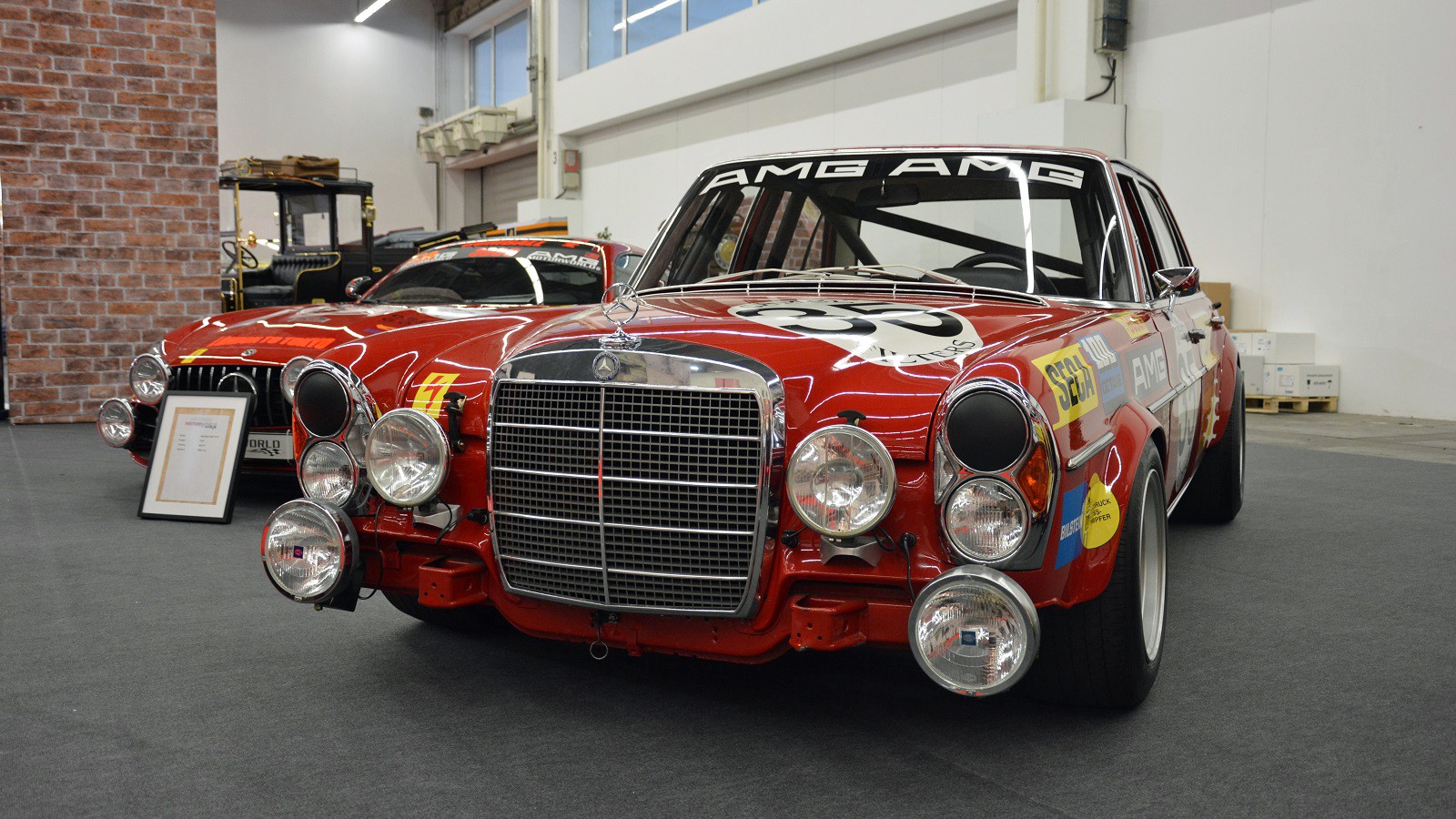 © Ronan Glon/Classic & Sports Car
© Ronan Glon/Classic & Sports Car -
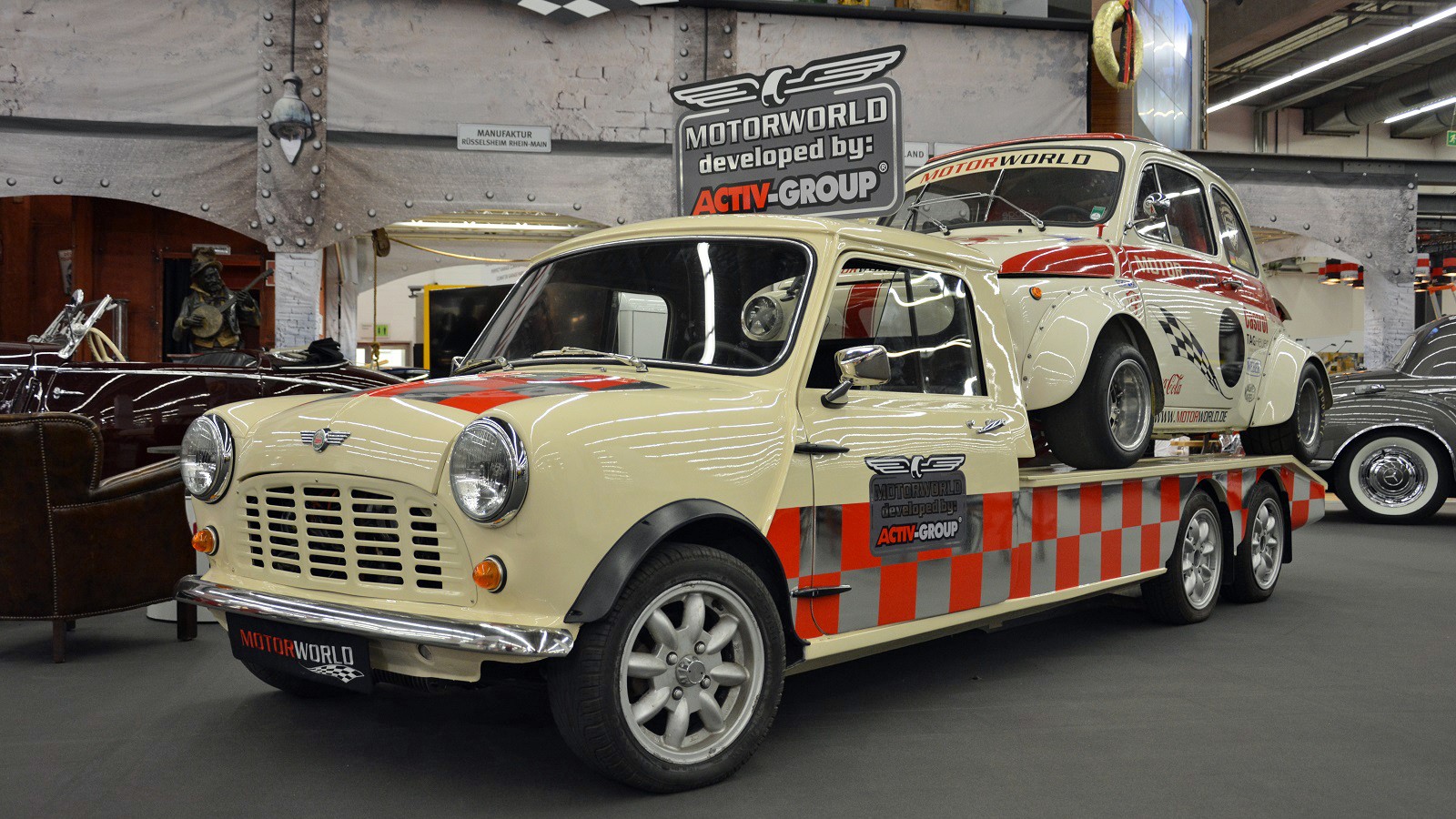 © Ronan Glon/Classic & Sports Car
© Ronan Glon/Classic & Sports Car -
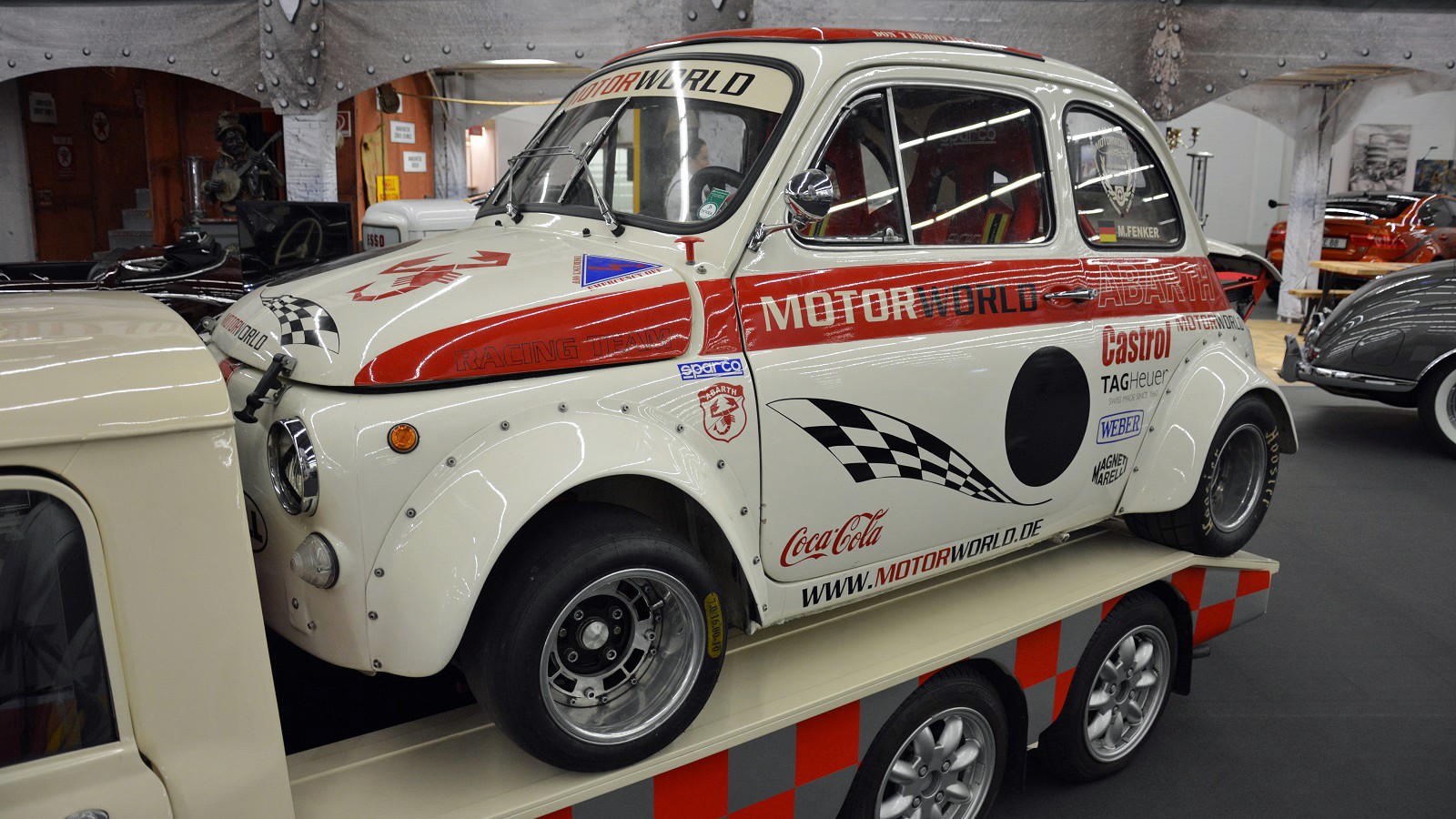 © Ronan Glon/Classic & Sports Car
© Ronan Glon/Classic & Sports Car -
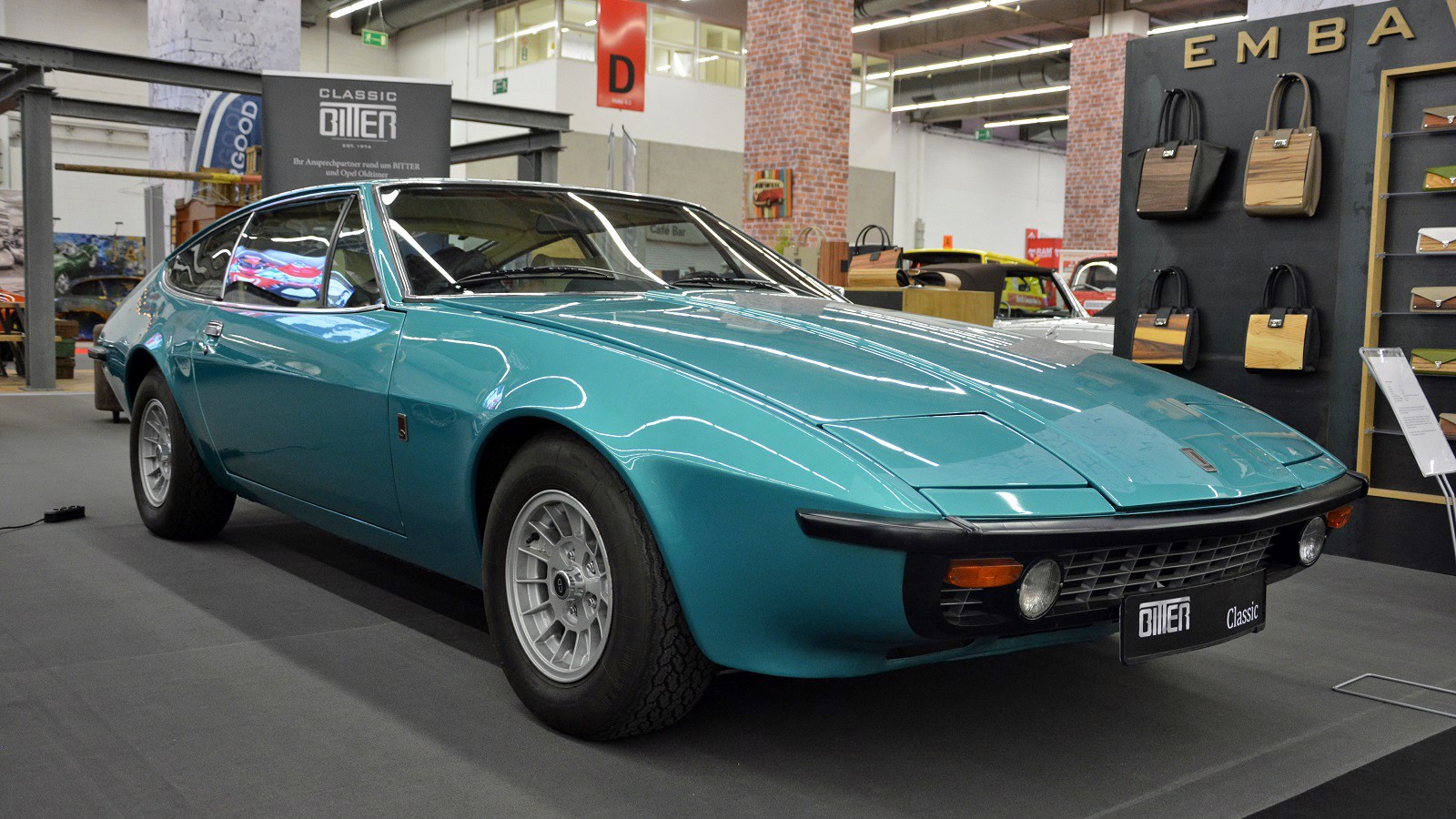 © Ronan Glon/Classic & Sports Car
© Ronan Glon/Classic & Sports Car -
 © Ronan Glon/Classic & Sports Car
© Ronan Glon/Classic & Sports Car -
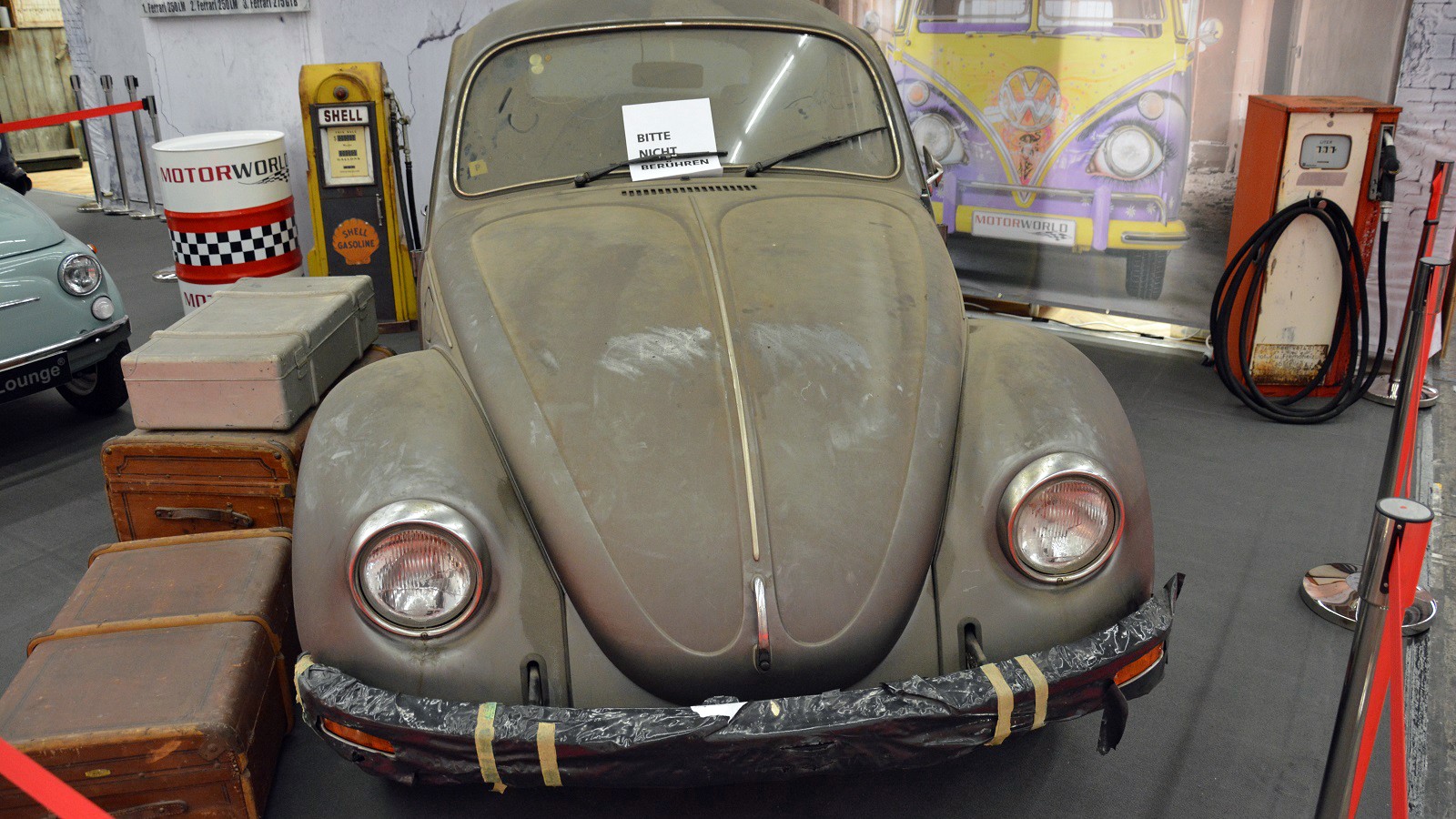 © Ronan Glon/Classic & Sports Car
© Ronan Glon/Classic & Sports Car -
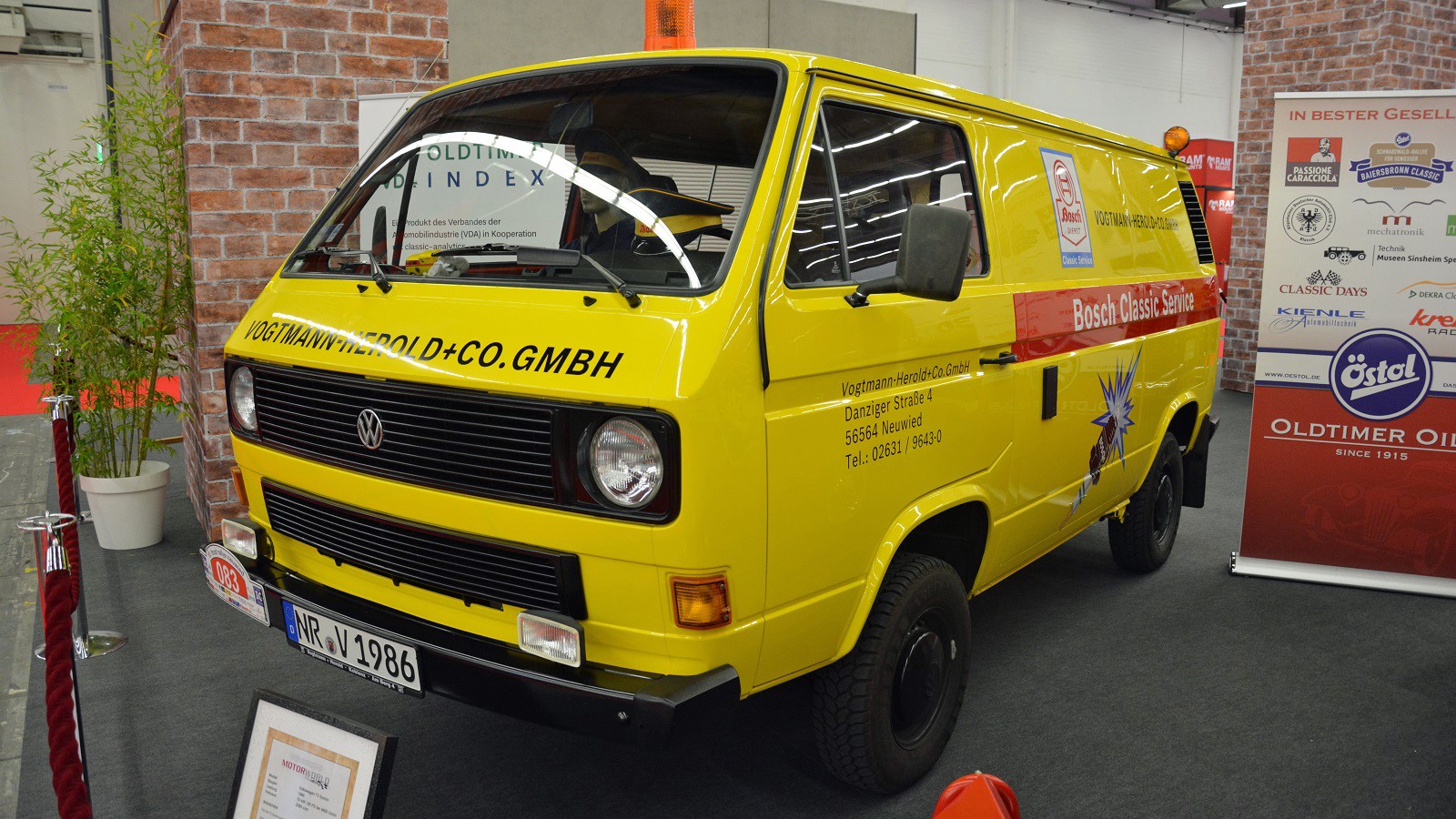 © Ronan Glon/Classic & Sports Car
© Ronan Glon/Classic & Sports Car -
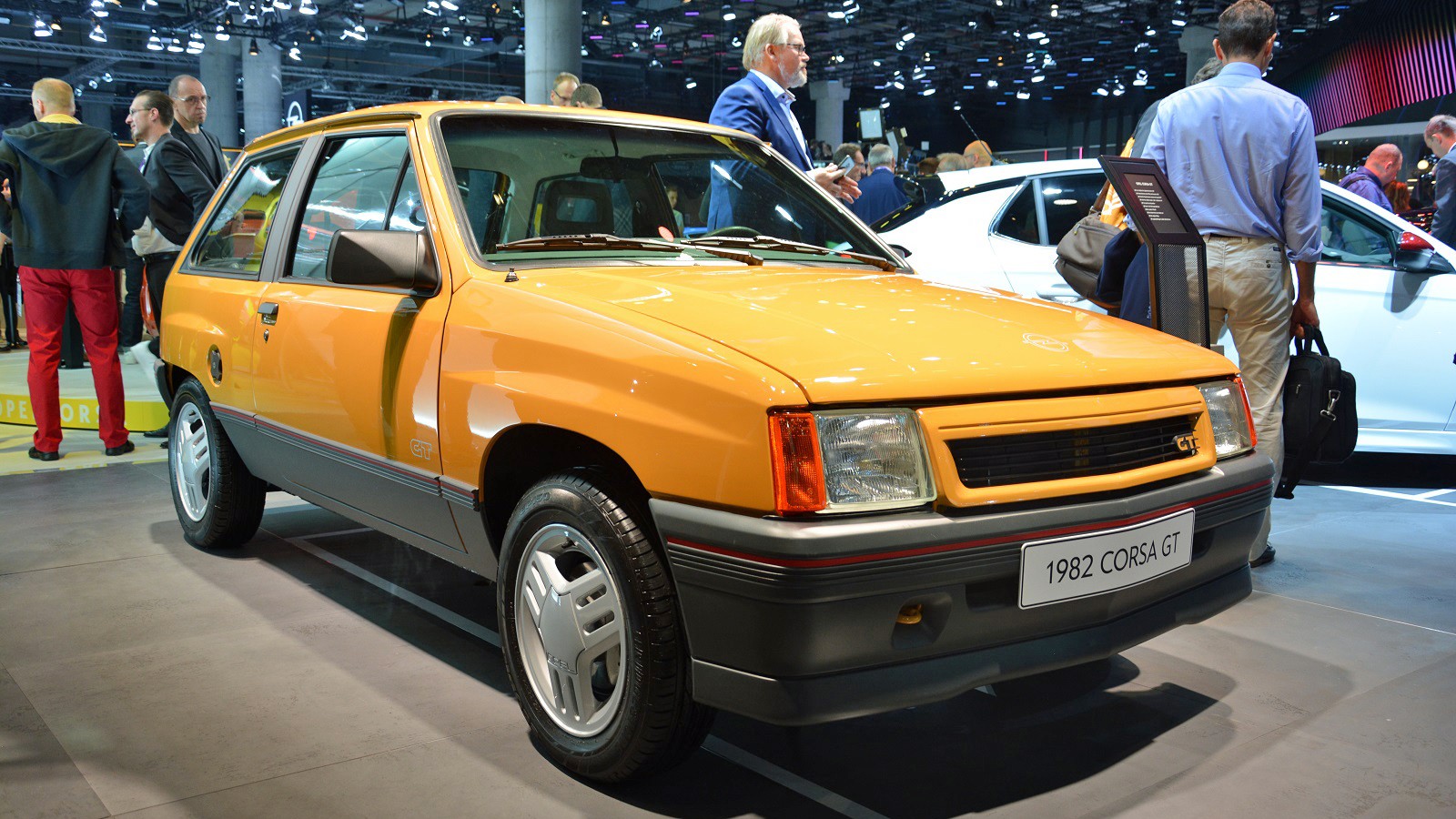 © Ronan Glon/Classic & Sports Car
© Ronan Glon/Classic & Sports Car -
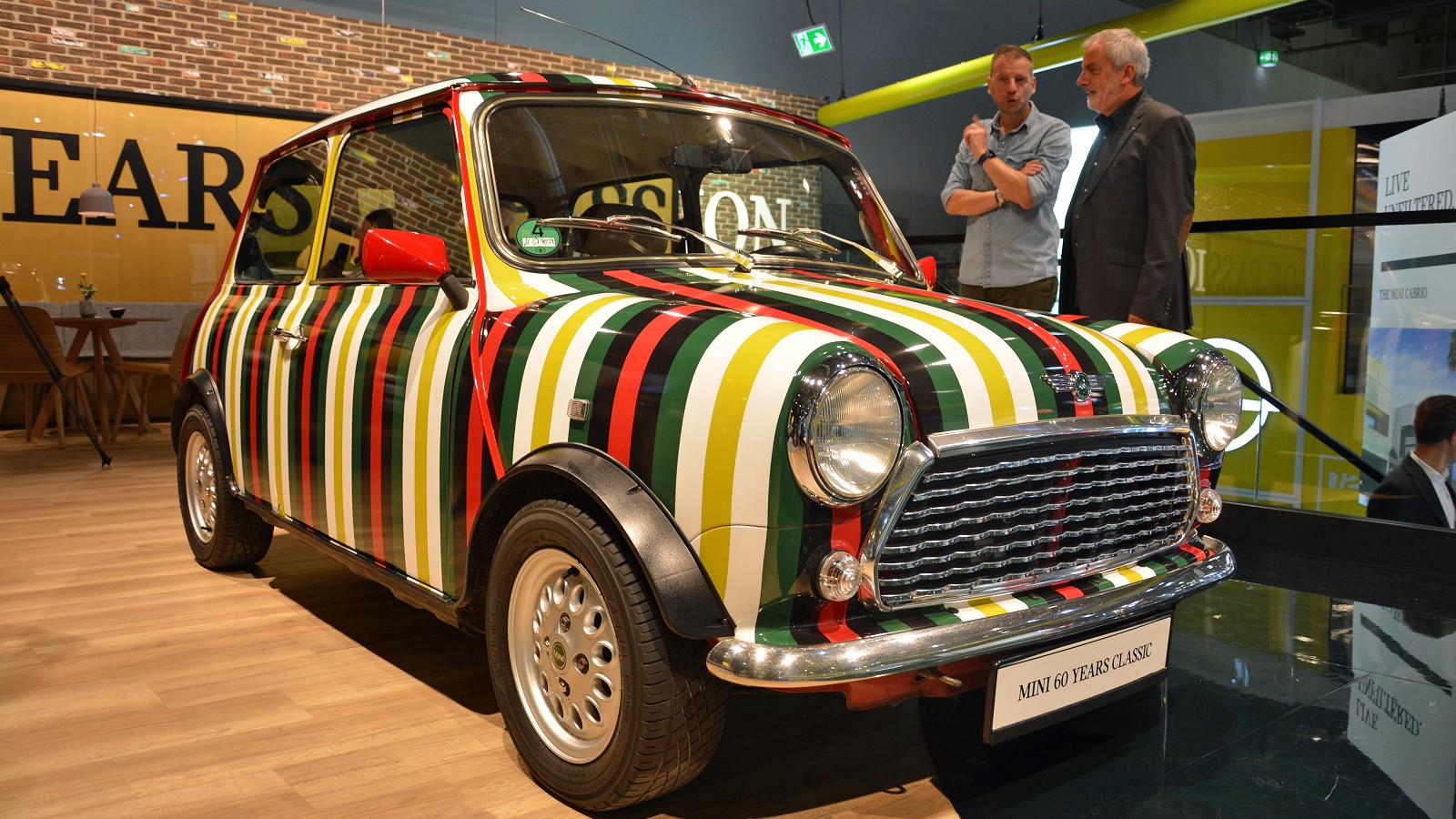 © Ronan Glon/Classic & Sports Car
© Ronan Glon/Classic & Sports Car -
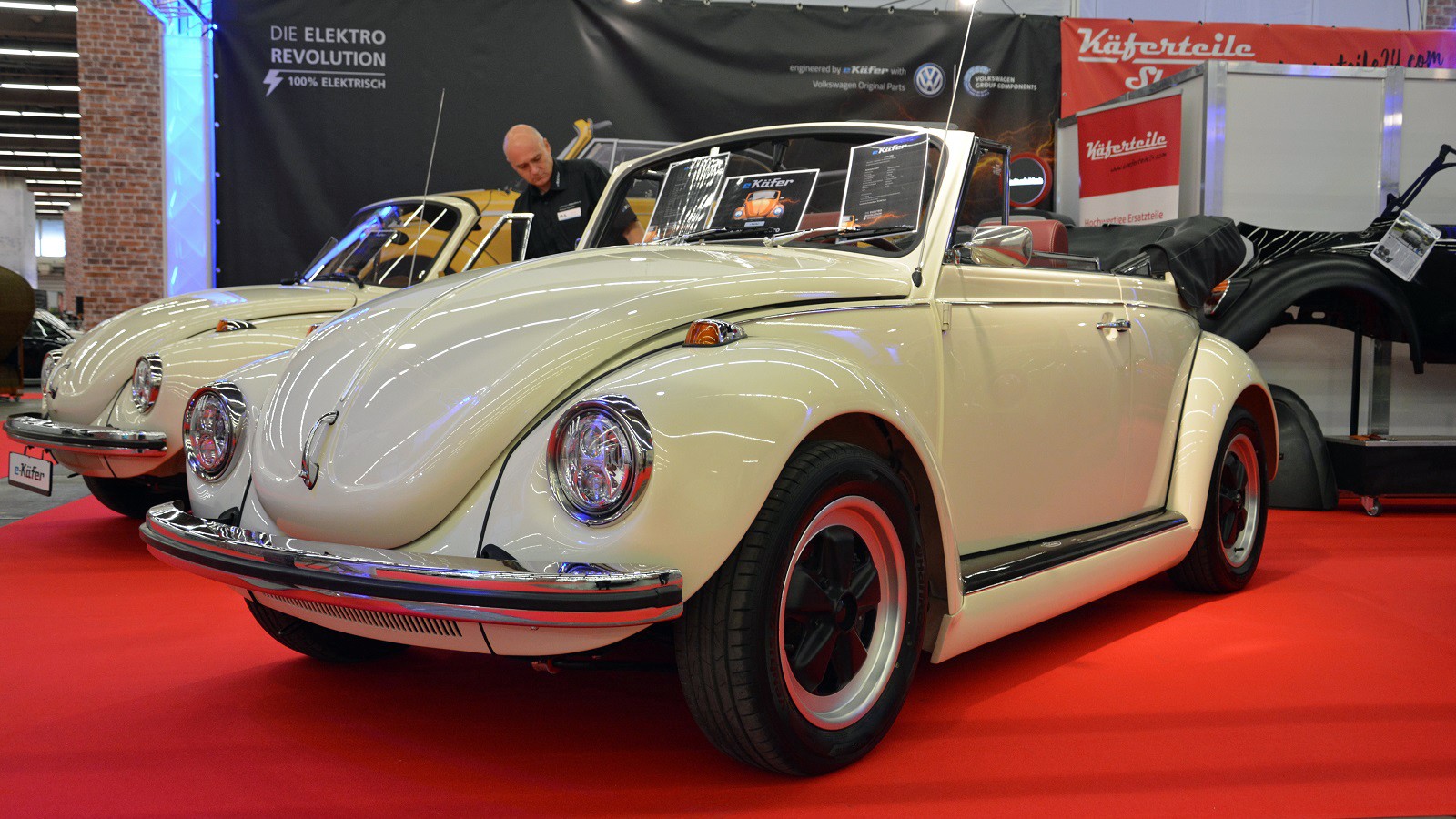 © Ronan Glon/Classic & Sports Car
© Ronan Glon/Classic & Sports Car -
 © Ronan Glon/Classic & Sports Car
© Ronan Glon/Classic & Sports Car -
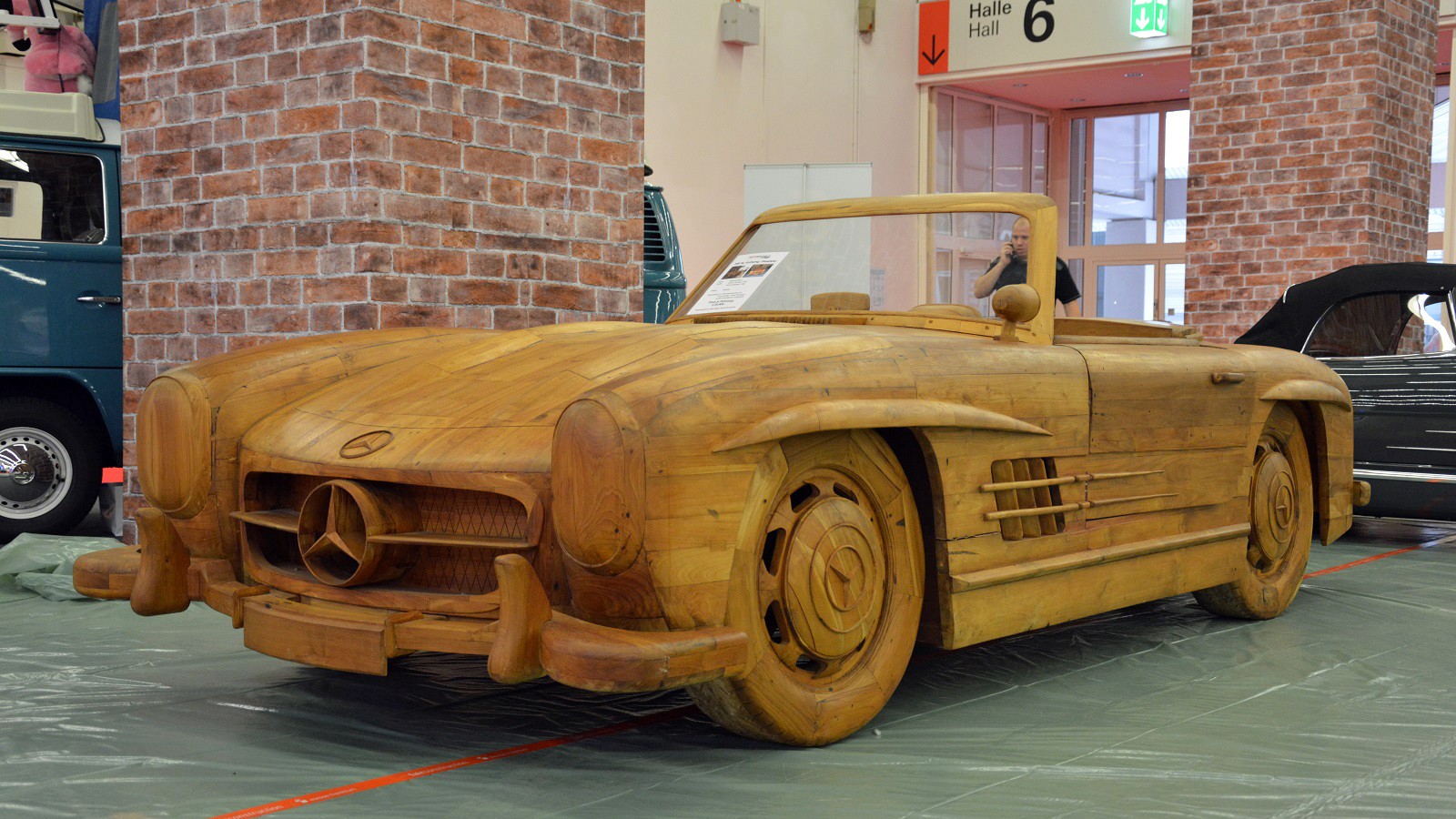 © Ronan Glon/Classic & Sports Car
© Ronan Glon/Classic & Sports Car -
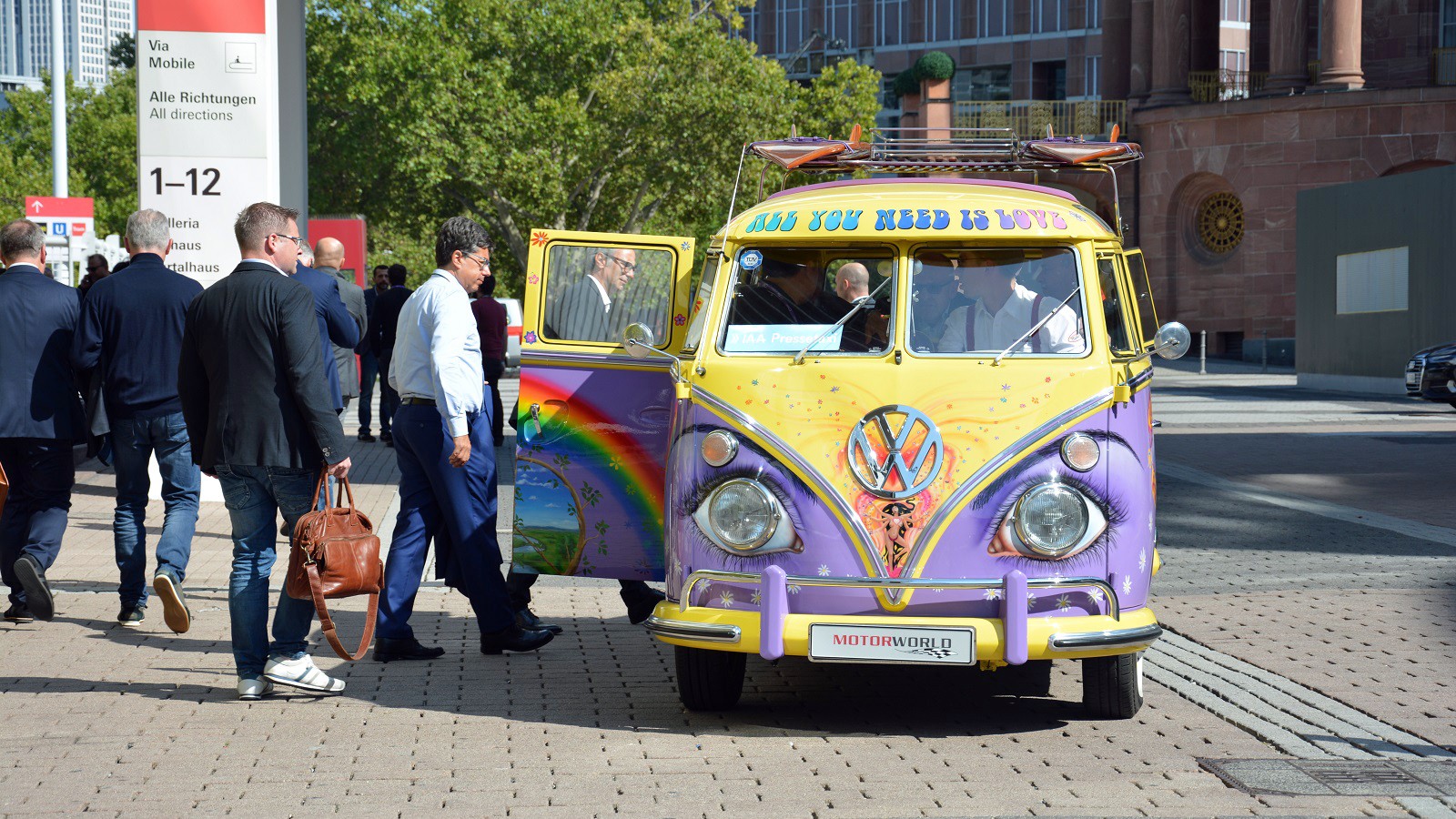 © Ronan Glon/Classic & Sports Car
© Ronan Glon/Classic & Sports Car
-
The world’s biggest motor show found room for old cars this year
The biennial Frankfurt Motor Show is the biggest in the world, with 11 halls packed with new vehicles from 1000 exhibitors and an incredible 800,000 visitors over its 11-day run. And this year, for the first time, it had an entire hall dedicated to classics.
Dozens of mostly privately owned vintage models were displayed under the same roof, often by companies trying to sell them at Rétromobile-like prices.
We spent hours geeking out over the many fascinating models on show – and we’ve compiled our favourites into this list. Enjoy!
-
1. Borgward Hansa 1500 RS
Borgward’s entry into the 1953 edition of the 24 Hours of Le Mans disappointingly ended when the Hansa 1500 RS dropped out due to engine problems with about an hour left in the race.
Of the three units built, the example displayed in Frankfurt is the only one accounted for in 2019. It benefited from a full restoration and even races occasionally. The other two cars were likely destroyed.
-
2. Victoria Spatz
Think of the Victoria Spatz as a rear-engined Chevrolet Corvette scaled for Germany’s microcar segment.
Released in 1956, it’s a two-seater roadster with a glassfibre body and a single-cylinder, two-stroke engine whose 191cc displacement allowed it to eke out 10bhp. Later cars benefited from a bump to 13.8bhp thanks to a new 248cc engine.
The Spatz was supremely impractical, even for a microcar, and it had an alarming tendency to catch fire. Unsurprisingly, sales never took off the way its designers envisioned.
Only 1588 cars had been made by the time production ended in 1958 and a vast majority of them never left the German market they were sold in.
-
3. Skoda Octavia
Nearly every brand in the Volkswagen empire introduced an electric car during the Frankfurt Motor Show; the event understandably placed a huge focus on the future, so heritage took a back seat to it all.
Skoda made an exception to this rule to celebrate the 60th anniversary of the original Octavia. Made in 1959, this often-overlooked classic is in better-than-new condition inside and out.
-
4. BMW Isetta 600
The 600 is the Isetta’s bigger, more powerful and less emblematic sibling. It was developed to give buyers a four-seater alternative to the standard, two-seater model.
BMW used as many existing parts as possible in order to save money during the development process – for instance, the 582cc, 19bhp flat-twin engine notably came from the R67 motorcycle. About 35,000 examples were made between 1957 and 1959.
-
5. Crosley CD fire truck
The tiny Crosley CD made between 1949 and 1952 is not what normally comes to mind when the conversation turns to American fire trucks.
It looks authentic and ready to put out a small blaze but it was never part of a fire-fighting fleet. Instead, it’s one of a handful of examples converted into fire trucks for amusement parks by Massachusetts-based Overland Amusements. It’s somewhat surprisingly still powered by its original 725cc engine.
-
6. Piaggio Ape Pentaro
The creators of the original Piaggio Vespa likely never imagined it would spawn a city-friendly lorry. Starting with the Ape, which was essentially a three-wheeled Vespa with a closed cab, engineers made the Pentaro by removing the rear cargo box and installing a hitch that allowed it to pull a trailer. Slowly, presumably.
The Ape’s stock, Vespa-sourced 150cc engine remained.
-
7. BMW 1600GT
BMW received the Frua-designed GT when it purchased Glas in 1966. Too pretty to kill, the coupé received a 1.6-litre, 103bhp four-cylinder engine from the BMW 1602 and a new-look front end that incorporated the company’s signature kidney grilles.
Suspension modifications helped it deliver the handling buyers expected from a car with the BMW’s roundel logo on its nose.
The GT’s position in the BMW range was always murky; adopted cars rarely do well. Besides, BMW had no interest in keeping Glas alive in the long run. It made 1259 GTs before giving the coupé the axe.
-
8. Mercedes-Benz 300SEL 6.3
Heavy, wide and long, the Mercedes-Benz 300SEL 6.3 was an unusual choice for a race car. AMG, then an obscure tuner who worked on privately-owned race cars, turned the limousine into a world-class sports saloon at the request of a customer.
The modifications included developing a 6.8-litre, 414bhp evolution of the stock V8 engine and making comprehensive modifications to the suspension.
AMG’s bet paid off; the 300SEL 6.3 was mockingly called Red Sow, but it took second overall in the 1971 edition of the 24 Hours of Spa.
Matra purchased the Red Sow, mercilessly used it to test fighter jet tyres and presumably scrapped it, so the example displayed in Frankfurt is a replica.
-
9. Mini recovery truck
From commuting to racing, the original Mini can do a lot of things surprisingly well. Moonlighting as a recovery truck isn’t normally one of them but that hasn’t stopped a team of skilled German enthusiasts from turning the emblematic city car into a six-wheeled project hauler.
It’s a cocktail of various parts; the front end is from an early car while the steering wheel came from a 1980s example.
-
10. Fiat-Abarth 500
Whether you love it or hate it, the Mini recovery truck is such a sight to behold that it’s easy to miss the 1969 Fiat-Abarth 500 it’s carrying on its back.
Its 850cc, air-cooled two-cylinder engine is bigger than the 847cc four that powered the 850, and its 78bhp output makes it considerably more powerful. While Abarth modified street-legal cars, this example was built exclusively for racing.
-
11. Bitter CD
Race car driver Erich Bitter created the coupé that bears his name in 1973 as Germany’s answer to the Italo-American De Tomaso Pantera.
Styled with the help of Opel’s design team, the Bitter CD wore a sleek, wedge-shaped body made by Stuttgart-based coachbuilder Baur. Power came from a 5.4-litre V8 normally found under the bonnet of the Opel Diplomat B. Bitter made 395 units of the CD until 1979.
-
12. Porsche 911 Safari
Enthusiasts seemingly never get tired of seeing a Porsche 911 Safari, especially when it wears Martini livery.
This example is relatively clean considering it was built to race – we didn’t see a single dent or scratch on it, but the flaking paint on the front skid plate hints that it’s not merely a garage queen. It regularly participates in classic races across Europe.
-
13. Volkswagen Beetle
Barn finds are as popular as ever, too. This capsule-like Volkswagen Beetle was roped off to keep visitors at bay.
The layer of dust it accumulated while sitting indoors adds to its value, according to the seller. It must have been taken off the road when it was only a few years old, because it looks like it’s in stellar condition under the grime.
-
14. Volkswagen T3 Syncro
One of 45,478 examples built, this Volkswagen T3 Syncro started life in 1986 as a fire response vehicle. It was purchased by a garage in Koblenz, Germany, after it retired from fire-fighting and turned into a service van wearing period-correct Bosch livery.
It’s in such perfect condition inside and out that it likely doesn’t get much use.
-
15. Opel Corsa GT
Don’t mind the plate on the front bumper; this Opel Corsa GT was made in 1987. It was purchased recently by Opel in Portugal, where it spent a decade decaying in a garage, and it was treated to a complete restoration between January and August 2019.
It’s likely the nicest GT left; there weren’t many to begin with and most fell victim to racing, tuning or thieves during the 1990s. Opel proudly displayed its Corsa GT next to the new 2019 model.
-
16. Mini 60 years
Mini chose not to celebrate its namesake model’s 60th birthday at the Frankfurt show. Instead, it displayed the electric Hardtop it introduced online several weeks before the event.
However, journalists who walked up to the top floor of its display, whether in search of an executive or an espresso, got to check out a multi-coloured example painted specifically for the anniversary.
-
17. Electric Volkswagen Beetle
German company Retro Kaefer helped Volkswagen include the original, rear-engined Beetle in its electrification strategy. It removes the air-cooled, flat-four engine and replaces it with an electric powertrain sourced from the regular-production e-Up city car.
Using off-the-shelf components ensures the battery-powered Beetle drives like a new car, rather than an experimental prototype.
-
18. Electric Volkswagen Beetle (continued)
Every Beetle is fully stripped at the beginning of the project, so buyers interested in swapping their flat-four for a battery pack can work directly with Retro Kaefer to create a one-of-a-kind car.
The trade-off is that Retro Kaefer couldn’t modify the shape of the battery pack to seamlessly fit the Beetle’s footprint. Not everyone will appreciate the look of the body extensions added to both sides. And, we hope e-Beetle customers can find a clever way to drive around speed bumps.
-
19. Wooden Mercedes-Benz 300SL roadster
This shockingly accurately replica of a Mercedes-Benz 300 SL roadster is made entirely out of wood. We suppose that’s a good way to own a classic without worrying about rust or leaks, but it’s far less enjoyable on a warm summer evening given that it doesn’t move under its own power.
The owner of this presumably termite-free convertible was asking €30,000 (about £27,000) for it.
-
20. Volkswagen T2 press shuttle
The Frankfurt Motor Show is held in a convention centre big enough to have its own post code. Automakers normally deploy shuttles – typically electric cars – to transport journalists and executives from building to building during the media previews days.
This hippy-spec Volkswagen Type 2 stood out like a sore thumb in a crowd of 2019 cars such as the Hyundai Kona and the Audi E-Tron. And was all the better for it.
